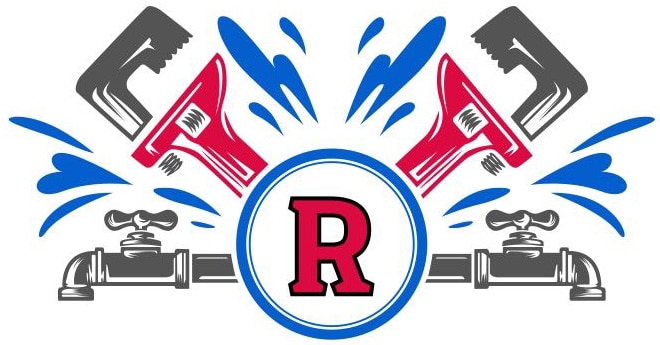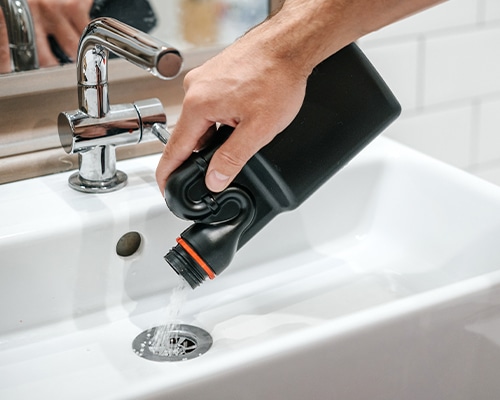There are many household projects that it’s a great idea to DIY, but when it comes to plumbing, it’s usually best to contact a professional. One of these projects is drain cleaning. While it may be tempting to just pick up a bottle of chemical drain cleaner to unclog a sink or tub drain, this approach will probably cause more harm than good in the long run.
Locate the Frozen Pipe:
In order to thaw a frozen pipe, you must first determine which pipe or pipes are frozen. Turn on the faucets in your property. If no water comes out, or only a slight trickle escapes, then a pipe leading to the faucet is likely frozen. If one pipe is frozen, there is a chance others have frozen also.If the pipes are exposed, such as pipes under sinks, in basements or along the exterior of the house, you may be able to see the frozen portion of the pipe. Frozen pipes often have frost on them or may have a slight bulge. If the blockage is located in part of the pipe that you have access to, you will have more options for easily thawing the pipe than if the frozen portion is enclosed behind a wall.
Open the Faucet:
Before you begin attempting to thaw a frozen pipe, you will want to open the faucet that the pipe feeds water into. Make sure to open both the hot and cold handles. This will help to relieve pressure in the system and will allow the water to escape once you begin to thaw the pipe.
Where to Begin the Thawing Process:
You should always begin the thawing process near the faucet then work your way down to the blockage. This will help ensure that the melting ice and steam is able to escape through the open faucet. If you start the thawing process closer to the blockage, the melting ice could get stuck behind the blockage, creating more pressure in the pipe and increasing the chances the pipe will burst.
Are Chemical Drain Cleaners Bad for Your Pipes?
- Chemical drain cleaners are considered hazardous waste and can poison plants, animals, people, and water systems like streams, lakes, and rivers. This begs the question – is this really safe?
- In addition to being highly toxic, chemical drain cleaners can also cause damage to your home’s plumbing system with repeated use. Because they are corrosive solutions, they will dissolve hair, food, and other debris that can clog pipes – but they will also dissolve the interior walls of your pipes as well.
- Drain cleaners can also corrode aluminum, stainless steel, and porcelain bathroom fixtures if you aren’t careful pouring them down the drain.
- And to top it all off, chemical drain cleaners give off noxious fumes that are terrible to breathe in. All things considered, why even bother? If you have a clogged drain, call on a professional Roberts Plumbing, Inc.!

